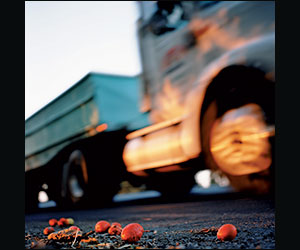
Wikimedia
Guess what? Those endless fields of corn, soybeans, or alfalfa are not the thriftiest way to farm. Not in dollar terms. Not in environmental terms. So why are continuous and no-till farming still such staples in American agriculture? Because you & I subsidize them with our tax dollars. Farm welfare for the corporate farm.
A 13-year study out of the University of Wisconsin assessed pastures planted with multiple crop species, as well as organic fields, and compared them to conventional alfalfa and corn farms at two sites in southern Wisconsin from 1993 to 2006.
The simple conclusion: Diversified systems were more profitable than monocropping and organic systems were more profitable than the Midwestern standards of continuous corn, no-till corn, no-till soybeans, and intensively managed alfalfa.
Even adding risk premiums into the equation did not give monoculture the edge expected by the researchers. Bottom line: monoculture is riskier and less profitable than organic and rotational farming.
The authors’ advice: Government support of monoculture is outdated and should be shifted to programs that promote crop rotations and organic farming practices.
When that happens—you know what?—we’ll all be able to afford food that is better for us and better for the planet. Let’s go, Thomas J. Vilsack, Secretary of the US Department of Agriculture, hailing from Iowa, land of the newly progressive. Lead the way.















